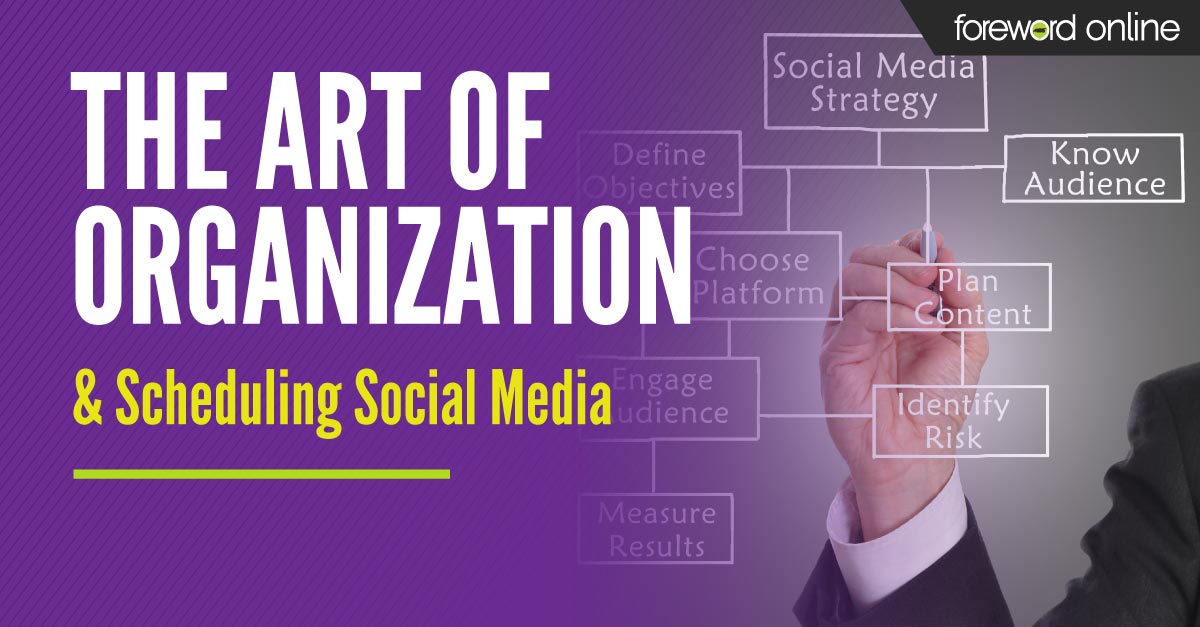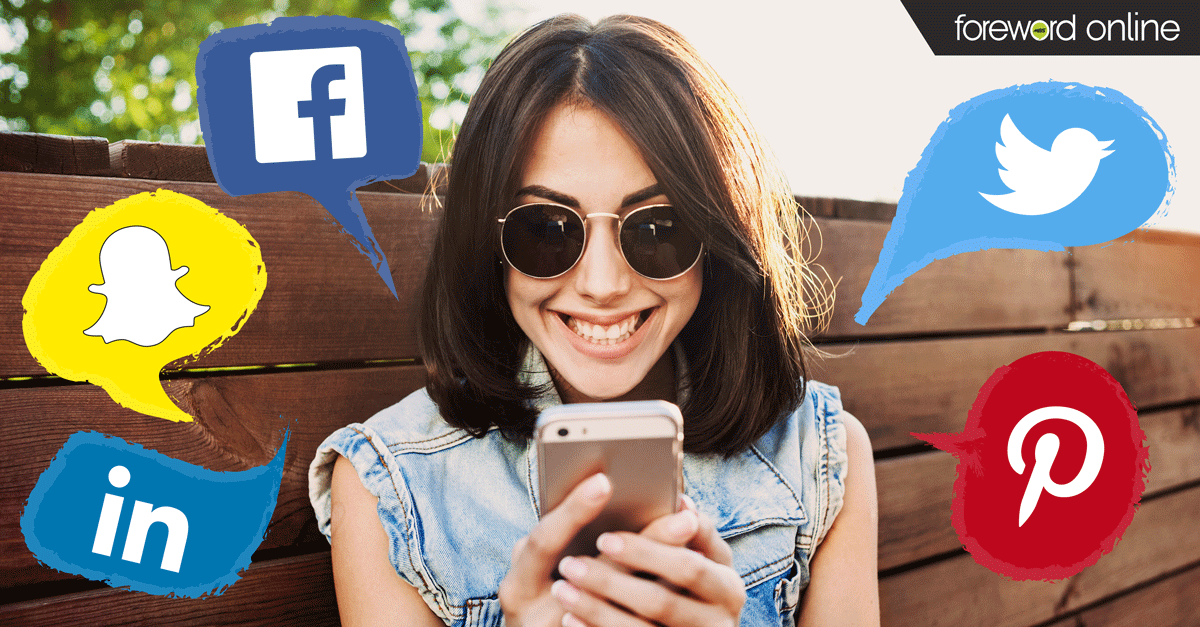Live streaming is an addiction. It provides glimpses into the lives of others that evoke feelings of sameness between strangers. Last’s year’s top viewed live video was the lady sitting in her car wearing a Chewbacca mask while she laughed. Her video alone had over 160 million views, and she didn’t do anything but share her joy over a child’s toy. Businesses, big and small, have used live videos to give companies a human voice. Nearly every major social media platform now has a way connect with your customers live, but which one is the best?
 That depends on what you want to achieve. If you were selling a video game, you would want your video on Twitch. YouTube would seem like the most natural choice, but you have to have over 1,000 subscribers to get live-streaming capabilities. The three best platforms for a retailer looking to get into broadcasting live videos are Facebook, Twitter and Instagram.
That depends on what you want to achieve. If you were selling a video game, you would want your video on Twitch. YouTube would seem like the most natural choice, but you have to have over 1,000 subscribers to get live-streaming capabilities. The three best platforms for a retailer looking to get into broadcasting live videos are Facebook, Twitter and Instagram.
Live stream option breakdown
Facebook Live
- Positives
Few can compete with Facebook’s size. As the platform quickly approaches 2 billion users, the potential reach a video has is phenomenal. Facebook offers analytics on their live streamed videos, and once the video is complete, it is posted on your wall. It was here where the “Chewbacca Mom” made her first appearance and became Facebook’s first viral live stream video. Facebook also constantly innovates, testing out new technology that keeps their platform from getting stale. The most recent addition to live streaming videos is "Live With." The feature lets you invite another person to join your broadcast. Even if you aren't in the same location, you will both appear and be heard in the live video. - Negatives
Facebook’s live streaming has received a lot of negative press in the past several months. It isn’t the platform or the usability; it is what people are using the platform for, think crimes filmed as they happen going viral. - Reach
You can reach nearly anyone on Facebook, but younger generations don’t tend to be as active. They may have accounts, but the platform is usually viewed as a place where their parents or even grandparents are. If your audience is students, this might not be the best choice. However, watch closely the partnerships Facebook is forming. So far this year, they have come to an agreement with Major League Baseball and ESL (esports) to live stream events, taking on Amazon’s Twitch and Twitter. Facebook hasn’t become one of the largest social media platforms in the world by losing. When they set their sights on a market, they tend to dominate it, as proven by the extent Instagram has grown since it was purchased by Facebook. As more partnerships like this are made, younger groups could start spending more time on the site.
Twitter Live/Periscope
- Positives
Video has become Twitter’s great hope for survival. There are varying opinions on whether or not it will work and if they are departing too far from the original intent of their platform. However, thanks to the streamed 800 hours of live video in the first quarter their monthly active users have gone up by 9 million, which from a numbers point of view is the first sign of life Twitter has shown in a while. The company has been in a good position to take on live streaming since their acquisition of Periscope (a live streaming site) in 2015. Now users who choose to use Twitter to stream their videos can also be on Periscope. - Negatives
The structure of the platform isn’t necessarily conducive to video. With Facebook, if you miss a live broadcast (which it will inform you is happening), you can watch it later. With Twitter, you can also watch it, but only if you knew it was on and are willing to go searching for it. Periscope makes discoverability easy, but its reach is fairly small with less than 5 million users. Another issue to watch is that while Twitter’s monthly active users are up, their revenue is down. It is do or die right now for the network. - Reach
Twitter is the platform that helped hashtags take off. They have over 320 million active users, so if tagged correctly, you could have a decent reach. I suspect you will have an easier time reaching students on Twitter than on Facebook if they happen to catch your video. It’s the same problem Twitter has always had. The speed of consumption it was designed to provoke makes predicting the audience you will reach impossible.
Instagram Live
- Positives
The characteristic that set Instagram Live apart from Facebook or Twitter is that the live video disappears when it is over. Users now have the option to save the video to their camera roll, but as far as the site is concerned if you aren’t there, you miss out — creating FOMO (fear of missing out.) Instagram is young and growing. So far, the company has been able to take some of the best features of other social media platforms (Snapchat) and do them better. - Negatives
Videos disappearing makes their videos unique and gives the broadcast a sense of urgency, but it also limits your audience. Being able to save your video helps, but it can’t be permanently posted on Instagram unless it is 60 seconds or less. Also, new research suggests Instagram may be bad for young people’s mental health because it is easy to compare one’s self to the idealized version of other people’s lives and because of FOMO (Fear Of Missing Out). - Reach
While Twitter boasts a 9 million subscriber increase in the first quarter of 2017, Instagram hit it out of the park, growing by 100 million users bringing the size of the platform up to 700 million people. Even better than the size is the variety of age groups. Instagram appears to be attractive to Generation Z, millennials and Generation X.
Why live stream?
For those who are interested in pursuing video marketing as part of their advertising campaign, going live can be extremely useful. The videos are cost-effective, mostly just needing a cell phone camera. People expect the videos to be natural and not polished, allowing you to save time and energy trying to edit video content. They can also give your business a face and a voice. Mostly, what you need is a vibrant personality, a clear idea of who your audience is and a purpose for the video that gives customers a reason to watch what you have to say. If you have all of those things, why not give it a shot?





